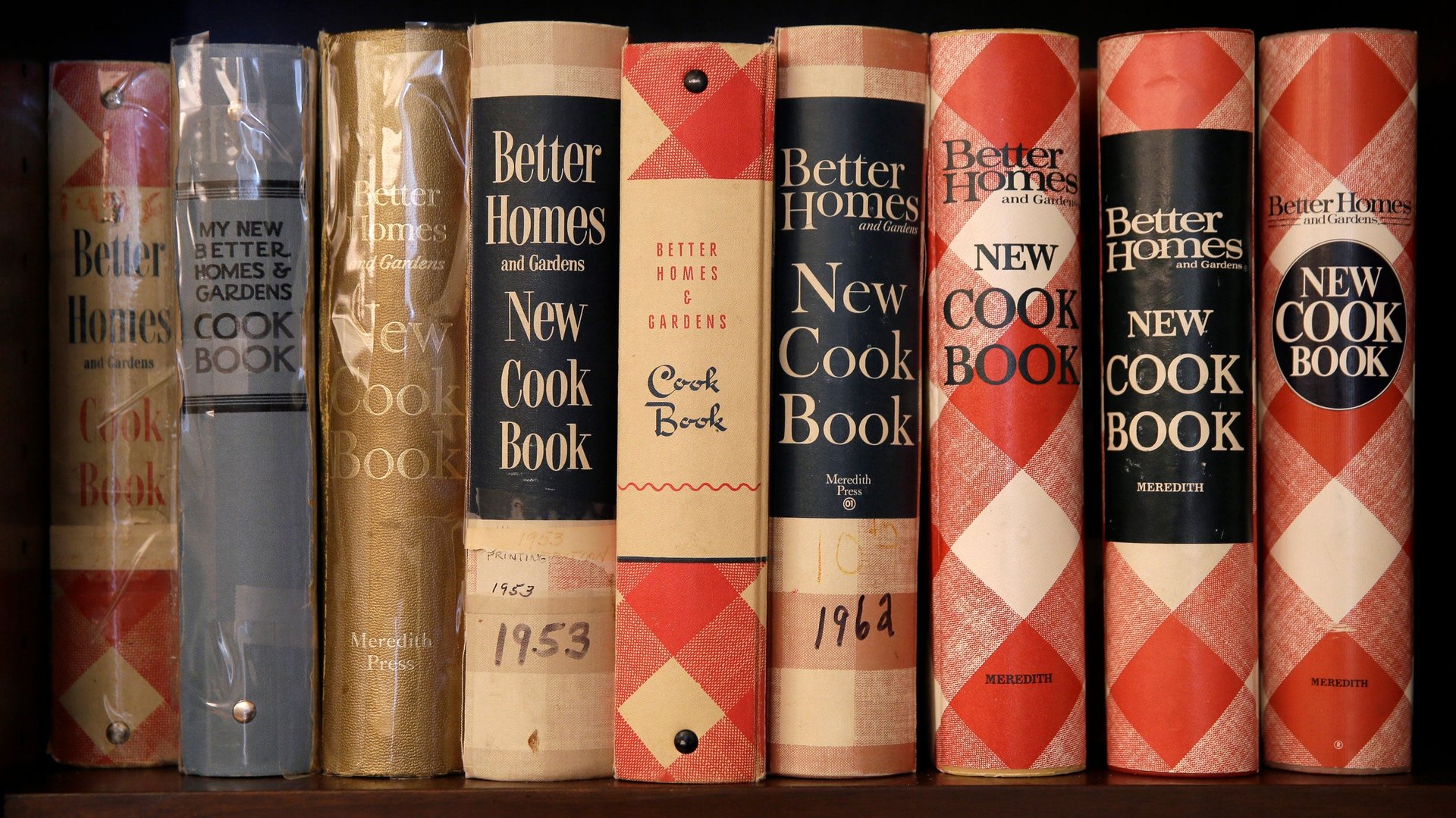Here’s what you should invest in during a recession
When the economy enters a downturn, companies go bankrupt, workers lose their jobs, and households cut spending, demand for most goods looks exactly as you’d expect: It drops.


When the economy enters a downturn, companies go bankrupt, workers lose their jobs, and households cut spending, demand for most goods looks exactly as you’d expect: It drops.
But there is a category of products, what economists call “inferior goods,” in which people actually spend more money when the economy isn’t doing so hot.
These goods tend to be substitutes for something more expensive. For instance, when families start cooking at home to save money rather than dining out, the demand for groceries rises. In fact, according to a Quartz analysis of US consumer expenditure data, during the last two US recessions in 2001 and 2008, meat from grocery stores was the category in which spending increased 1 the most.
Fuel oils and natural gases similarly saw an increase in demand during those recessions, probably because people were spending more time at home.
On the other end of the spectrum from inferior goods are luxury goods, or nice-to-haves. As you might expect, during a recession, demand for these goods drops. Some examples are furniture and large home appliances. But there are less glamorous categories of spending that follow a similar pattern, like medical supplies including bandages, cotton, first aid kits, and medical appliances. In the last two recessions, demand for alcohol also dropped.
The analysis is likely complicated by external factors. For example, clothing and apparel have become cheaper to American households in the last two decades thanks to globalization and trade. Thus, it’d be hard to tell whether it was the recessions or the changes in the supply chain that caused the decline in expenditures.
However, this concept is useful to consider as an investor: During a recession, companies that sell relatively cheaper items—supplies for cooking at home, fast food, and groceries, tend to fare better. Those that make luxury goods—the nice-to-haves—are the most at risk.